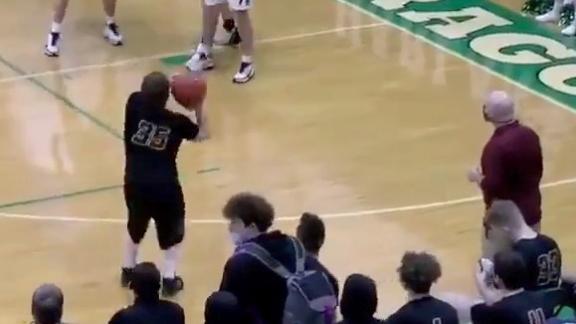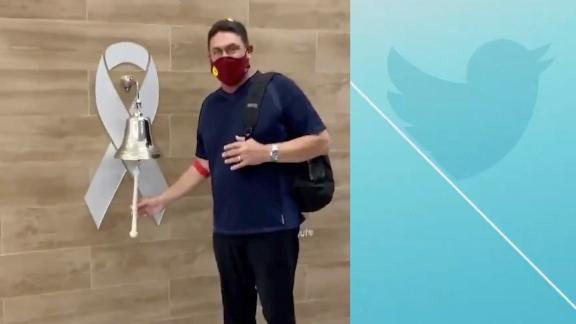Let's rewrite history, shall we?
Back in 1958, the baseball season began with the Dodgers, formerly of Brooklyn, and the Giants, formerly of New York, opening the year as newly relocated clubs in Los Angeles and San Francisco, respectively. It marked the first time the national pastime was being played on the West Coast of these United States. The moment was epic, for the people in the New York boroughs who had been abandoned, for the fans bathing in California sunshine who had never seen live baseball and for Major League Baseball itself.
At the time, the National Football League -- with its fancy passing Johnny U and pretty boy Frank Gifford -- had already surpassed baseball as far as progressive thinking. And it was gaining on baseball in popularity. Consider this: The Rams had been in L.A. for 12 years by the time the Giants and Dodgers decamped for California, making the NFL the first league to cover the country from east to west with points in between. And it was the Rams who integrated the NFL in 1946, signing Jackie Robinson's ex-UCLA football teammate Kenny Washington, a year before Robinson debuted with the Dodgers.
By the end of that year, in which Ernie Banks led the National League in homers and RBIs, in which Mickey Mantle belted 42 home runs, in which the Yankees continued to dominate by winning their sixth World Series title that decade and in which the movie "Damn Yankees" debuted, baseball should have been at its zenith. And yet, on Dec. 28, one NFL game played on national television, a championship tilt between Gifford's New York Giants and Johnny U's Colts, changed the conversation. Forever.
The argument has always been that, on that night, TV helped the NFL replace baseball as America's favorite game.
What a bunch of B.S.
We all know that the truth is baseball sunk to second, some would say third behind college football, in the national conversation because it is so darn difficult for the public to bet on it. TV helped hasten the demise, but that medium's rise as an entertainment delivery service coincided with the popularity of the point spread, invented in the 1940s. I have been making this case for years. And I will make it every year at the beginning of the baseball season. Money lines, the standard baseball bet, are too difficult for casual fans to understand, as opposed to the point spread favored by football. And unlike football, in which fans can gear up for a once-a-week play, baseball is unkind to those who parachute in once a week.
Betting bases requires an understanding of value in the prices that isn't as easy to determine as it is in football, where the conversation surrounding every game is constant. It requires that bettors know how a team's middle relievers have not just performed, but been used, on a night-to-night basis. It's harder and more labor intensive for the casual gambler.
These are just some of the factors that explain why football -- college and pro -- accounts for more than 40 percent of the sports betting handle in Nevada each year. That is around double what baseball kicks in, which trails basketball's total handle. In other words, football's total take is signified by billions, baseball's is millions.
I've written about ways to fix this in the past. And I still believe these could work. To change baseball's fortunes, to put it on par with football, it is going to take more than Bud Selig re-thinking the business model by opening the season in Japan or adding a wild card. It's going to take bookmakers thinking progressively. That is not going to happen overnight.
Last year I offered up my dark-side MLB futures bets, which were wagers you could follow all season long on players and teams you wanted to root against. If they won, you won. If you lost, you lost, but you were still happy they lost.
So this year, in an effort to prod those who run the betting world, I present my forward-thinking, outside-the-box MLB futures bets.
Enjoy.




